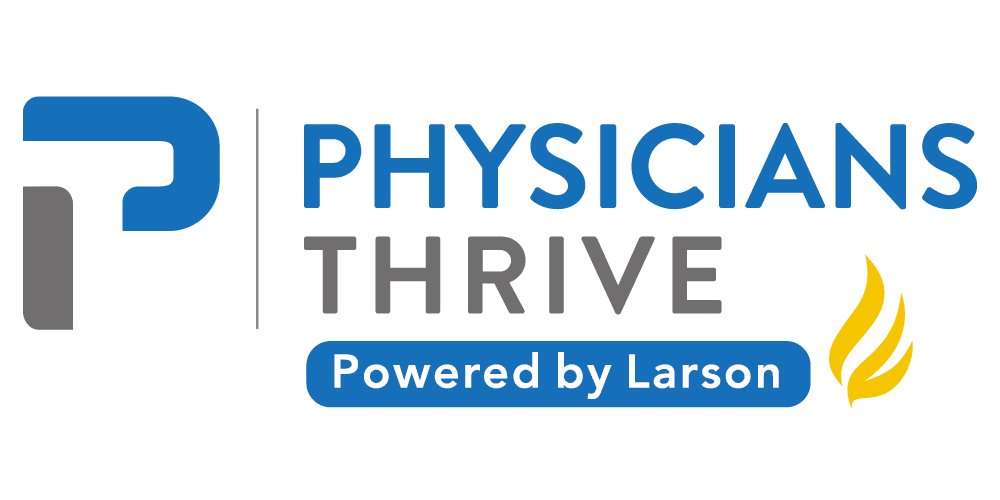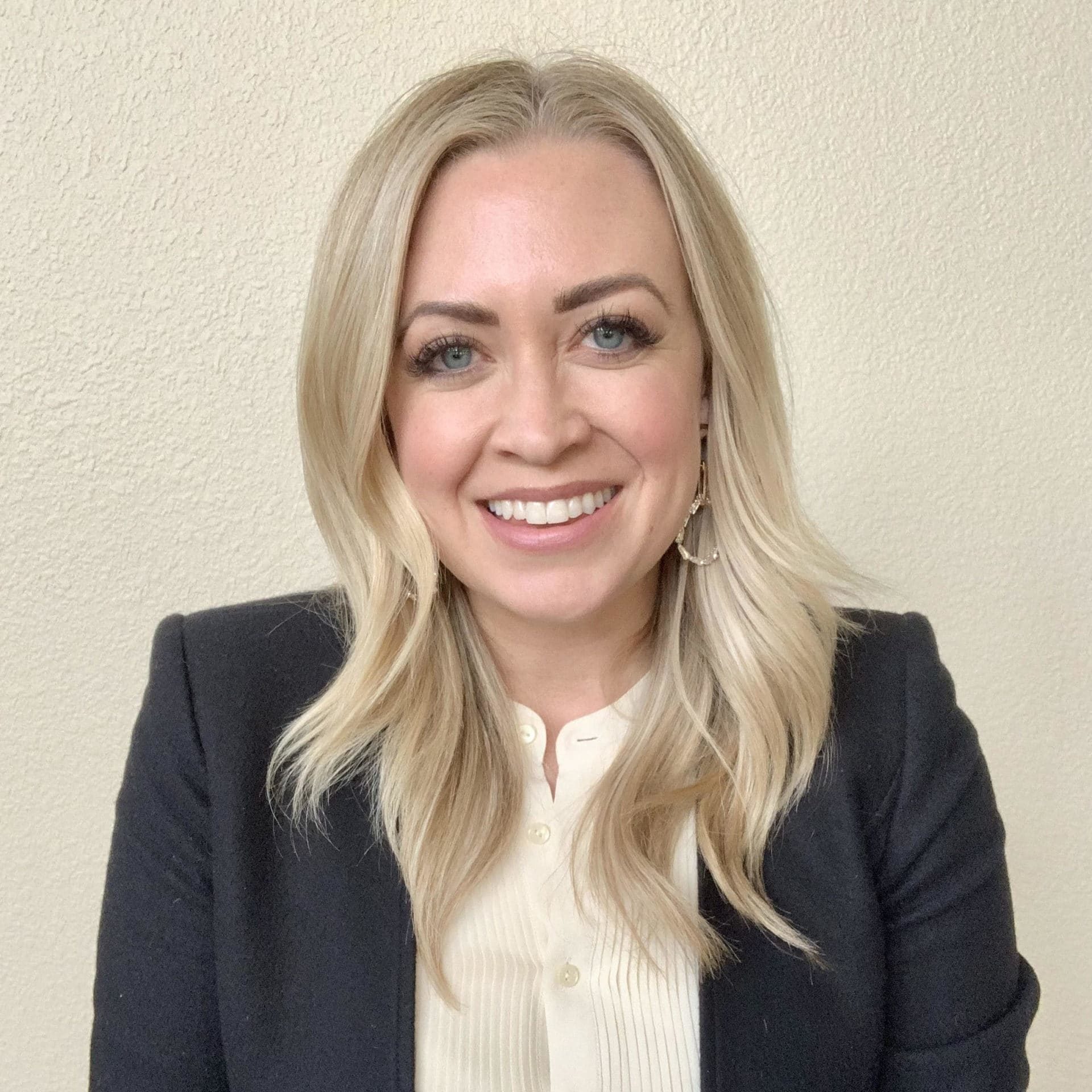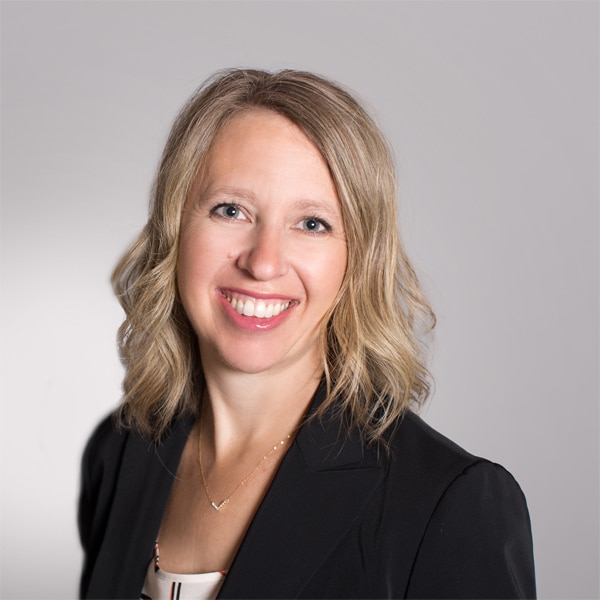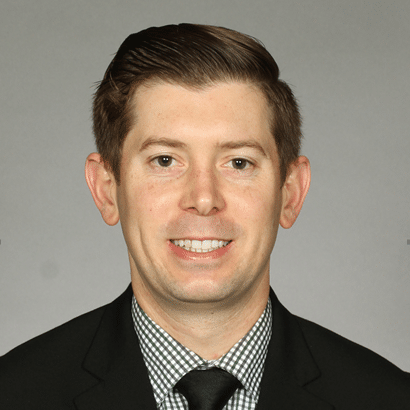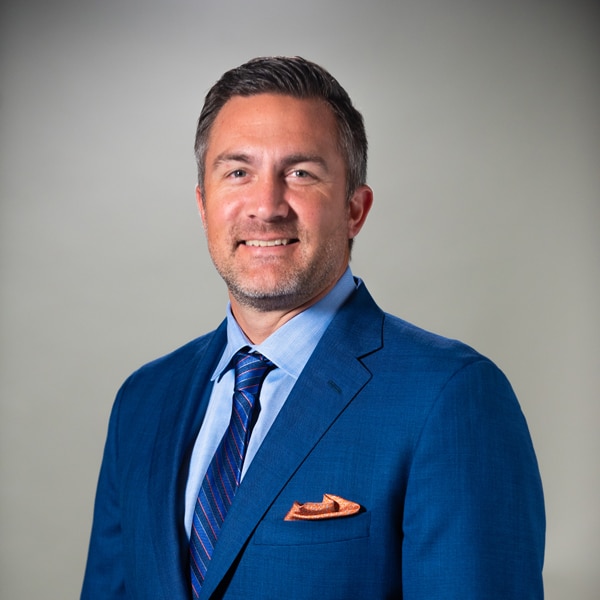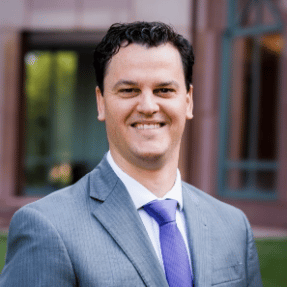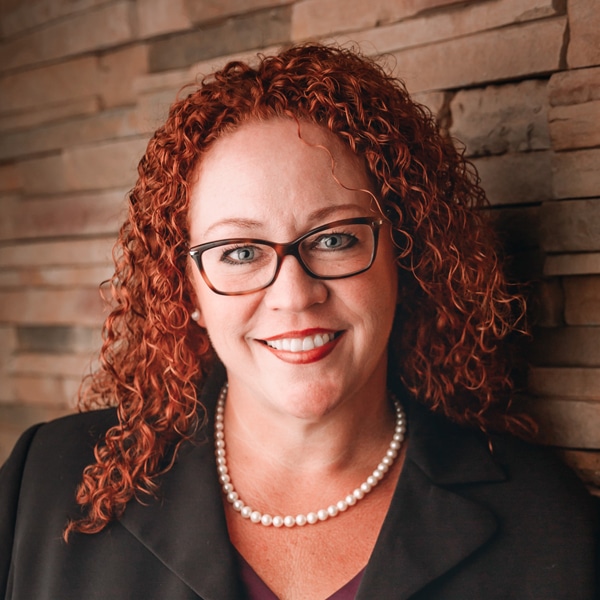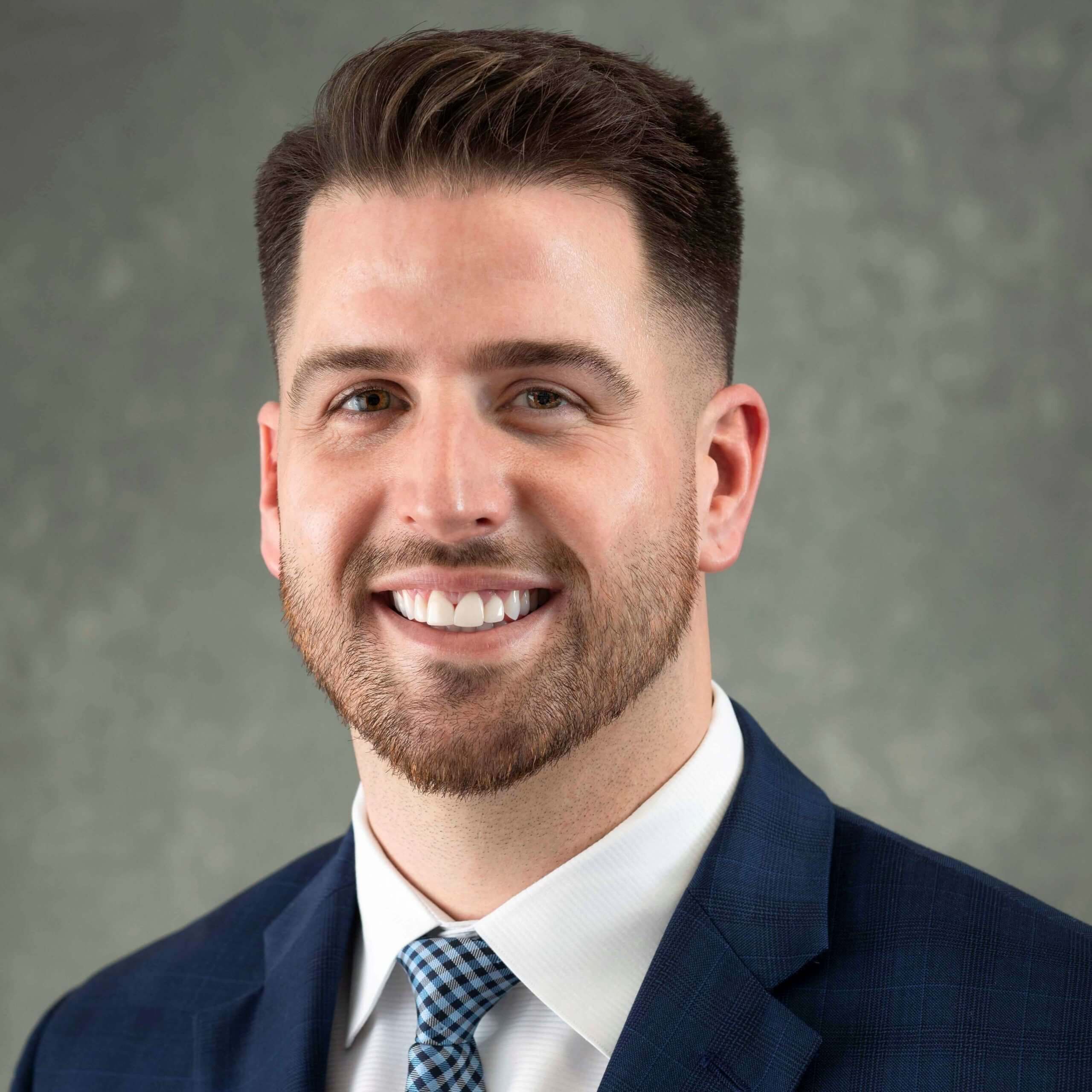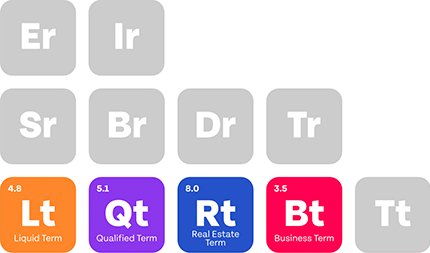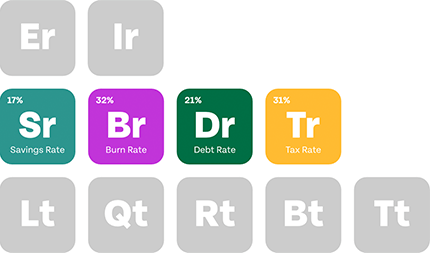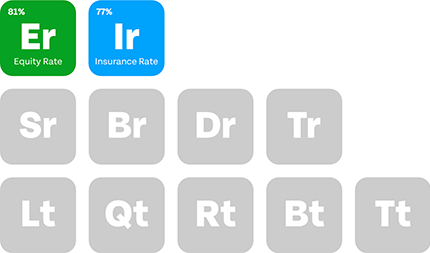In 2023, accredited continuing medical education (CME) programs in the US saw over 68 million learner interactions, a 27% increase from the previous year.
This includes more than 26 million physician interactions across live courses, enduring materials, and regularly scheduled sessions.
The ACCME 2023 Data Report concludes that this increasing demand for structured, evidence-based continuing education courses contributes directly to improvements in competence, performance, and patient outcomes.
This means finding courses relevant to your specialty and personal constraints is essential.
Read on to learn about 11 types of CME courses that could meet your goals, specialty needs, and schedule.
Key Takeaways
- Physicians have 11 diverse CME options, from live courses to journal reviews.
- Specialty-specific CME improves clinical expertise and patient care outcomes effectively.
- Flexible, accredited CME courses maximize convenience and licensing compliance for physicians.
- Measurable outcomes ensure CME activities directly improve physician performance and competence.
Table of Contents
11 Types of CME Courses for Physicians
Here are the types of CME courses you’ll find as a physician:
1. Enduring Materials
Enduring materials are asynchronous learning courses that allow physicians access at any time, at their own pace. Unlike live events, these courses are pre-recorded or pre-developed, which helps you learn at your own pace.
This format includes online modules, recorded video lectures, podcasts, printed materials, and downloadable slide decks.
2. Live Courses
Live courses provide direct interaction, hands-on training, and real-time discussions. They can be in-person events or live-streamed via an online platform.
Some examples of live courses include in-person conferences, procedural workshops, symposiums, and live-streamed events.
For multi-session events like conferences, accredited providers report them as a single activity and award credit based on your total hours of participation.
3. Regularly Scheduled Series
Regularly scheduled series (RSS) are live sessions planned weekly, monthly, or quarterly. These sessions target a specific audience. If they’re later recorded and distributed to a broader audience, they’re reclassified as enduring materials.
Some examples include grand rounds, morbidity and mortality conferences, tumor boards, and case-based discussions.
4. Journal CME/CE
Journal CME/CE involves reading a clinical study or review article, followed by a short post-test or evaluation. Every hour spent on reading counts as one credit, but this type of CME is limited to a 36-month period.
This helps specialists stay current with peer-reviewed research or analyze the methodology behind new guidelines, while earning credit.
5. Blended Learning
Blended learning combines multiple educational formats, usually live interaction and self-paced content, or pre-reading and hands-on workshops. It can also include virtual reality-based case studies.
This is useful for complex topics that benefit from foundational learning and applied practice.
6. Performance/Quality Improvement (PI/QI)
Performance/quality improvement (PI/QI) measures changes in clinical practice using a three-phase process:
- Physicians collect baseline data/assess their practice using selected performance measures.
- They then make a change.
- Next, they track outcomes.
This approach aligns with requirements for value-based care programs, hospital quality initiatives, and quality metrics in private medical practice.
7. Committee Learning
Committee learning awards CME credit for participating in formally structured committees like hospital ethics boards, clinical guideline panels, or protocol development groups.
The credits are based on the total learning time, which can only be reported in 12-month periods.
8. Manuscript Review
A manuscript review is when a physician performs a critical review of an assigned journal manuscript during the pre-publication review process, as part of a medical journal’s peer review process.
It requires subject matter knowledge, critical analysis skills, and familiarity with new research.
You get credits for every hour spent reviewing the manuscript.
9. Test-Item Writing
Test-item testing gives physicians credit for writing or reviewing exam questions for board certifications (such as ABIM), medical licensure (like USMLE), or institutional/college assessments.
10. Internet Searching and Learning
An internet searching and learning activity occurs when you research topics related to your clinical practice using CME-accredited databases. It requires you to identify a problem in your current practice and look for answers from sources on the internet.
You gain one credit for every hour spent searching for answers to your query, as per the ACCME.
11. Learning From Teaching
Learning from teaching helps you earn CME credits by teaching medical students, residents, or peers (like lecturing, presenting, or mentoring) at your clinical, teaching, or research practice.
It will require you to create documentation (like practice-based slides, fact sheets, or clinical activity sheets) to prove the impact of your teaching.
What to Look for in a CME Course
Make sure to look for the following when choosing a CME activity:
1. Specialty Relevance
While general CME fulfills requirements, specialty-specific CME enhances your clinical expertise. Focus on courses that address conditions you commonly treat, update you on relevant treatments, and improve your clinical decision-making.
The best specialty CME programs are case-based, built around new guidelines, or designed by your board or college.
For example, cardiologists will benefit more from CME on updated lipid management guidelines than from general primary care topics.
2. Credit Bundling
Time and money are still the biggest barriers to CME. In a survey, 68% of physicians mentioned cost and 57% said travel time were major obstacles to completing CME.
Bundled CME programs allow you to fulfill multiple requirements simultaneously, such as AMA PRA Category 1 Credits, MOC points, and specialized training like DEA opioid education, saving both time and money.
3. Accreditation
To be accepted for license renewal, hospital credentialing, or MOC, a CME course has to be certified by a recognized body like the Accreditation Council for Continuing Medical Education or a specialty board.
Without accreditation, there’s no guarantee your hours will be valid, no matter how useful the content might seem. Before you register, always confirm if:
- Your provider is ACCME-accredited
- The course provides AMA PRA Category 1 Credits or another credit type accepted by your board
- The issuing body provides certificates that meet audit requirements
4. Format Flexibility
As a physician, you might not be able to block off three days or a week for an in-person CME course or seminar, not even when you’re working locum tenens.
However, you might find it easier to attend an online CME session or complete a pre-recorded course in your specialty.
This means you should look for courses that fit into how you already work. You could go for on-demand modules or mobile-accessible platforms if you can’t block long periods for CME, but if you can, a live virtual conference may work for you.
5. Measurable Outcomes
Beyond fulfilling licensure requirements, quality CME improves clinical reasoning and leads to better patient outcomes.
A 2024 study on a one-day CME program on functional dyspepsia (FD) showed that physicians who completed the training improved both their clinical knowledge and treatment decisions.
Before training, the average physician scored 391.7 out of 600 on a standardized test of FD knowledge. After completing the course, the number rose to 488.3, a 25% improvement.
The way they treated patients also changed. They were more likely to select diagnostic procedures like upper GI endoscopy and prescribe acid-suppressive medications when clinically indicated.
This one day of targeted online learning brought frontline physicians in primary care settings to the same clinical decision-making levels as those in tertiary centers.
You want to look for CME that does the same for you—it should be focused and create measurable outcomes.
Make Your CME Planning Easier With Physicians Thrive
With almost a dozen CME options, knowing what to look for can save you time and increase the impact of every credit you earn.
That’s where we help.
At Physicians Thrive, we help physicians understand the CME course options available to them, find ways to satisfy multiple requirements, and make sure their CME course ticks all state, DEA, and board requirements.
Our team creates customized CME plans that match your specialty, state license, and employer requirements. We also offer board exam prep, help you cut down on taxes using CME bills, and enable you to make the most of your annual CME allowance.
Want to stop worrying about missing your CME requirements every year? Give us a call today!

